
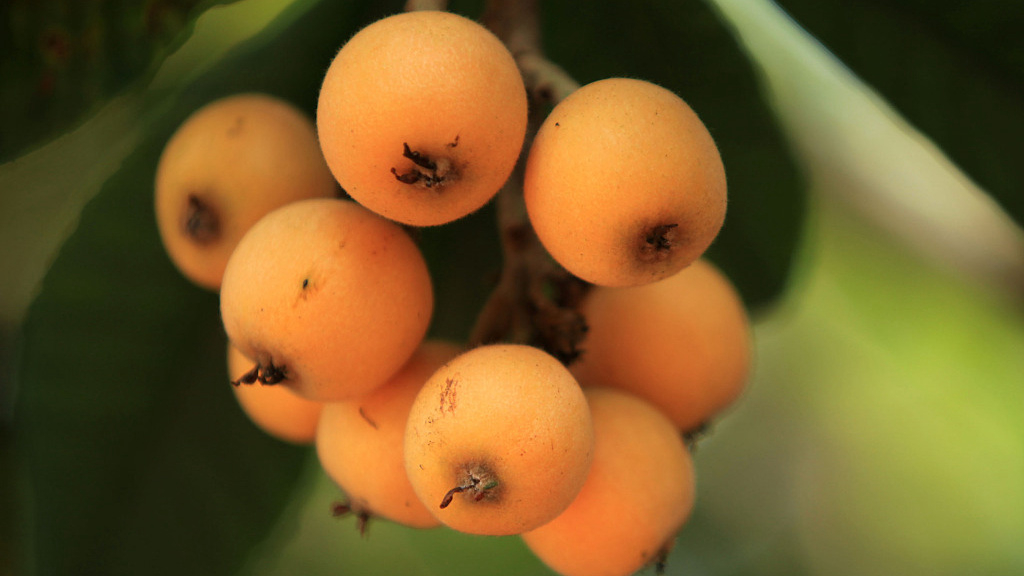
Delicious as it seems, with its yellow skin and succulent pulp, loquats actually have a light taste. Still, the soothing flavor of loquats makes it a good snack for the summer.
An indigenous fruit to the cool hillside regions in southeastern China, loquats are widely cultivated throughout the world. It was introduced to Japan more than 1,000 years ago, where the western world learned about this fruit.
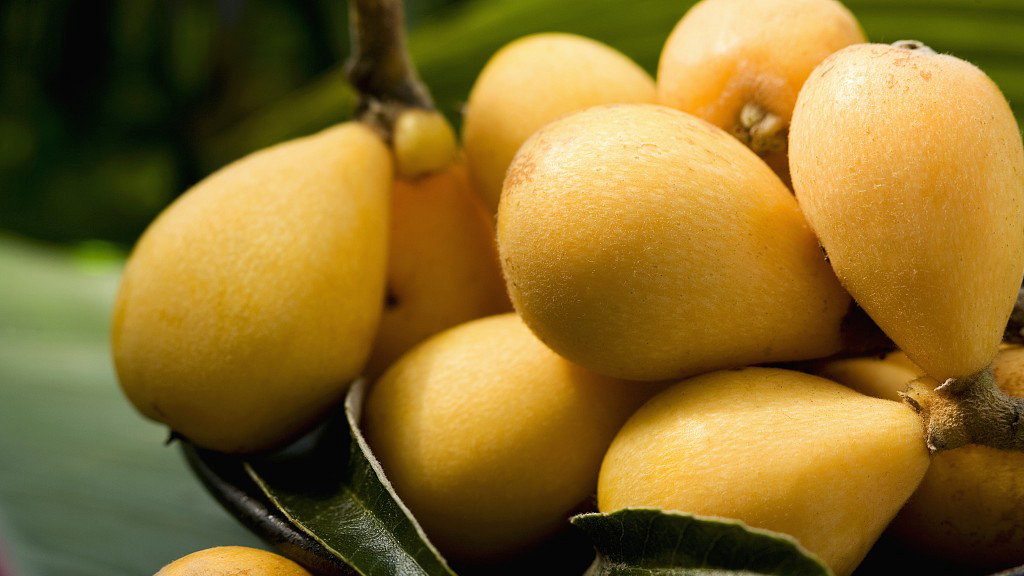
The pear-shaped loquat resembles a traditional Chinese instrument. /VCG Photo
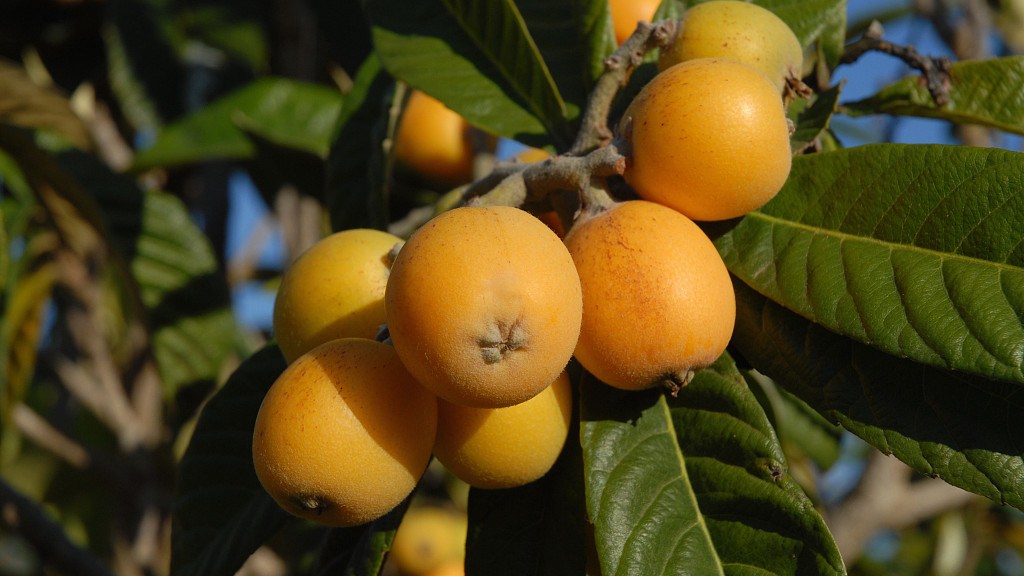
Loquats grow in clusters. /VCG Photo
The name loquat derives from a Cantonese word that reffered to a completely different fruit, but was mistaken by the ancient Chinese poet Su Shi as the loquat we know today. The mistake was widely taken up by the Cantonese region thereafter.
The original Chinese name for the fruit was pipa, which is pronounced the same as the traditional Chinese lute-like instrument. It was named this way because of the pipa-shaped fruit.
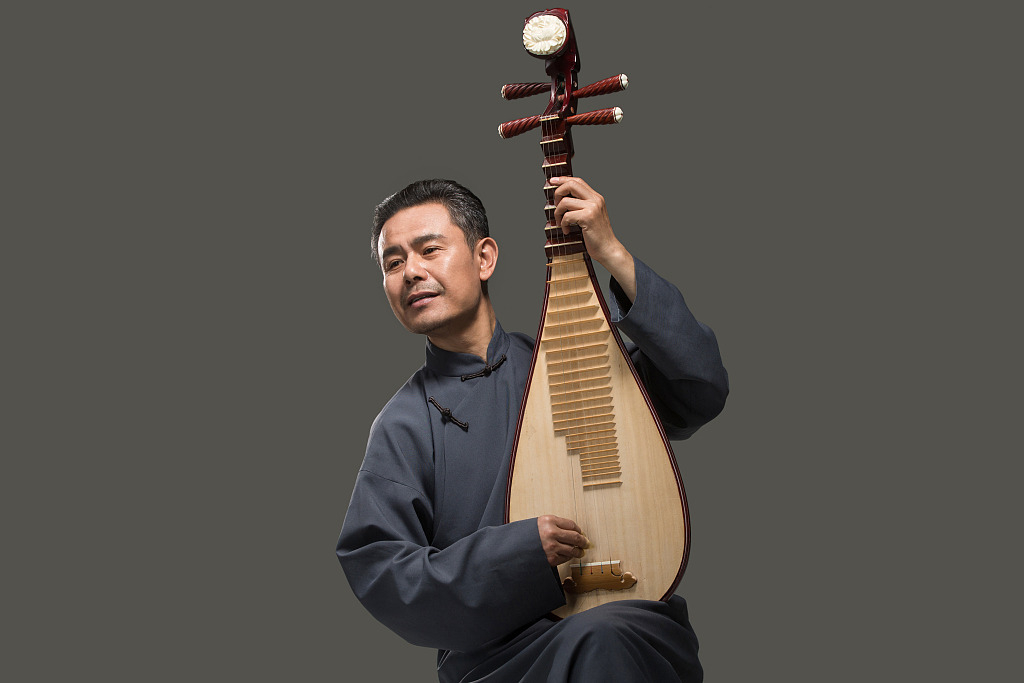
A musician is playing pipa. /VCG Photo
Loquat trees are evergreen and are usually three to five meters tall. Unlike most fruit trees, loquat flowers blossom in autumn or early winter, and then begin to grow fruit in spring until early summer. The fruit generally grows in clusters.
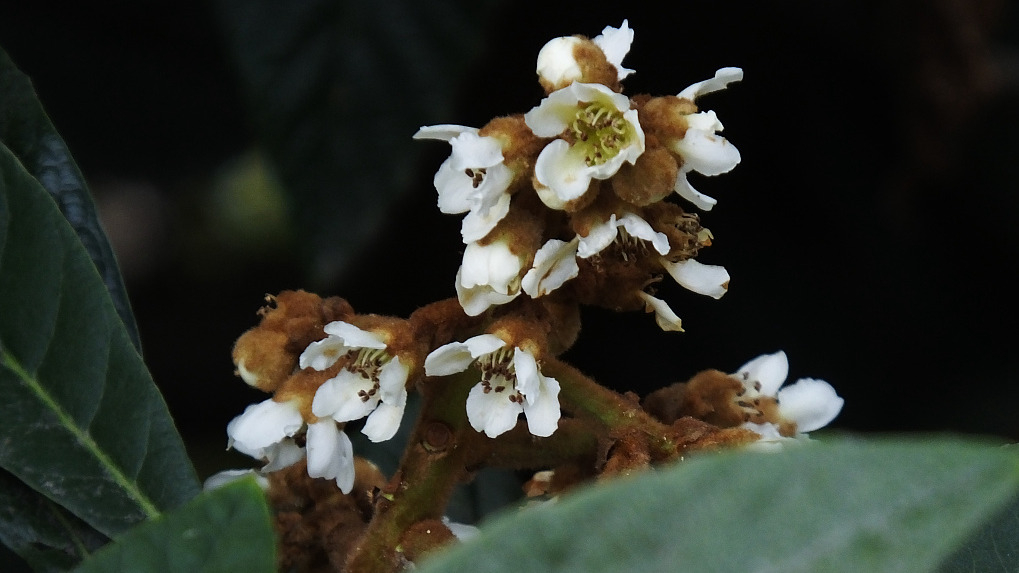
Loquat flowers are small and white. /VCG Photo

The flowering period is usually from October to December. /VCG Photo
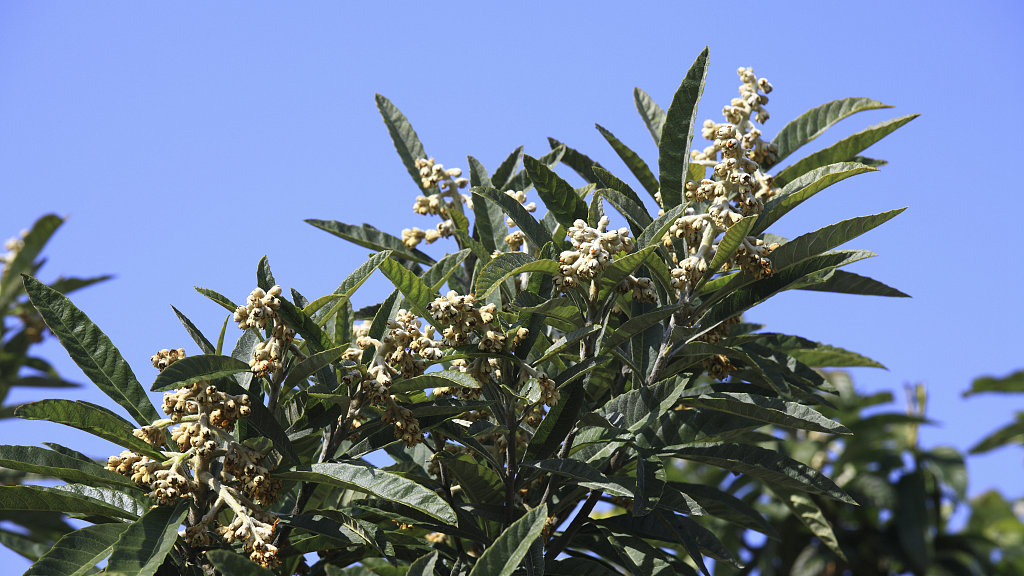
The leaves of loquat trees. /VCG Photo
Although the fruit's name is derived from Cantonese and many believed it originated in the province, the most famous loquats are cultivated in other southeastern or eastern provinces of China. The Putian loquat from Fujian Province and Suzhou loquat from Jiangsu Province are known to be the best.
In Europe, Spain is the main producer for loquats. It is also widely cultivated in Japan, Israel, and Brazil.
China's Flora Tour
From the wetlands along the coast to the dense rain forests hidden in the southwest of China, all boast an array of plant species. In this series, we will go on a tour to learn about some of the most iconic flora in different provinces and see how they live in harmony with the local climate and topography.
(Cover photo via VCG, designed by CGTN's Liu Shaozhen.)
(If you want to contribute and have specific expertise, please contact us at nature@cgtn.com.)

Copyright © 2018 CGTN. Beijing ICP prepared NO.16065310-3
Copyright © 2018 CGTN. Beijing ICP prepared NO.16065310-3